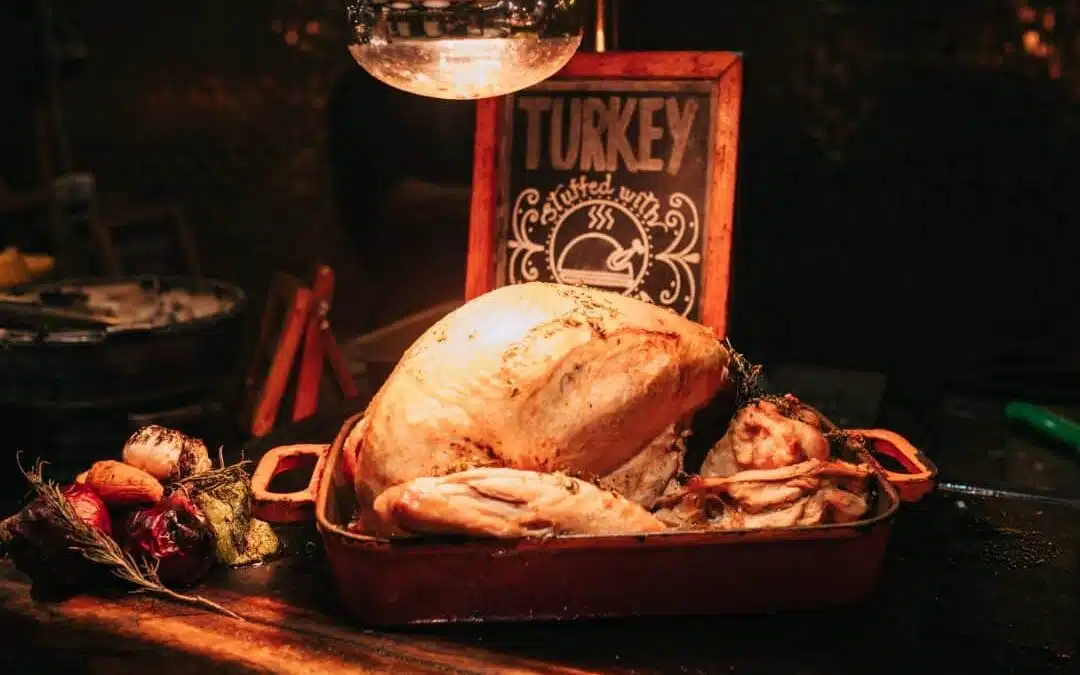As we near Thanksgiving, stories about a national glut of turkey meat abound. Pollsters seeking post-election employment have turned their dubious skills to holiday meals. Specifically, to the topic of how Covid concerned consumers will celebrate this November 26th? Not surprisingly, the questions asked and the conclusions drawn present only a partial story.
The media narrative goes something like this. Holiday flight bookings are 33% lower than last year. People are staying home. Thirty percent of those Americans polled by Butterball, the leading US turkey producer, say that they will host socially distanced, family-only Thanksgiving gatherings. Walmart and Kroger plan to offer more, smaller birds in their stores. Since turkeys take 14-16 weeks to mature very little can be done now to change their size distribution. A turkey surplus is coming.
Some writers go on to cite offsetting trends, such as the increase in home quarantine cooking. Presumably, home chefs will put aside their sourdough starters and switch to turkey, mashed potatoes and stuffing. If increased 2020 yeast sales are any indication, these newly minted chefs will gooble up some of the current supply. Even so, turkey prices are low. Walmart has 18-24 lb. birds selling for $0.98/lb. as I write this.
So, if the pollsters and pundits are to be believed, Covid has reduced the number and size of holiday gatherings, resulting in a turkey surplus. That is probably true, as far as it goes. But why not mention these contributing factors?
Limited Freezer Space
If the average citizen is like me, he or she has a small freezer that is already full of pandemic-stocked items. There is no room for a frozen turkey. In my 18 cubic foot, over-under refrigerator, a round-ish, twelve pound frozen turkey would take up about 20% of the total freezer space. Buying it would become a question of freezer triage.
Unemployment
According to Statistica, the average cost of a holiday meal in 2019 was just under $50. That doesn’t sound too daunting . . . if you’re employed. For many furloughed or unemployed workers, the past seven months have depleted savings and placed previously affordable luxuries out of reach. As of October 31, eleven million workers were unemployed, nearly double the February 2020, pre-pandemic total.
Food Insecurity
Prior to Covid 19 thirty seven million Americans were considered to be “food insecure.” Recent studies show that number has grown to 54 million. Almost 16% of the entire US population does not know where its next meal will come from. And we talk about turkey surpluses.
Think about that this holiday.

Peter has spent the past twenty-plus years as an acting/consulting CFO for a number of small businesses in a wide range of industries. Peter’s prior experience is that of a serial entrepreneur, managing various start-up and turnaround projects. He is a co-founder of Keurig.


